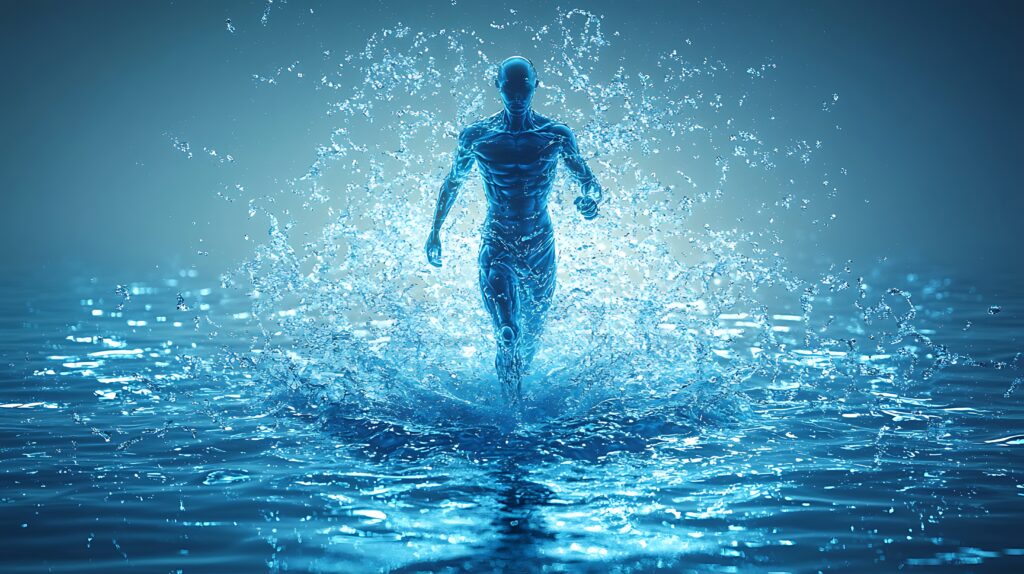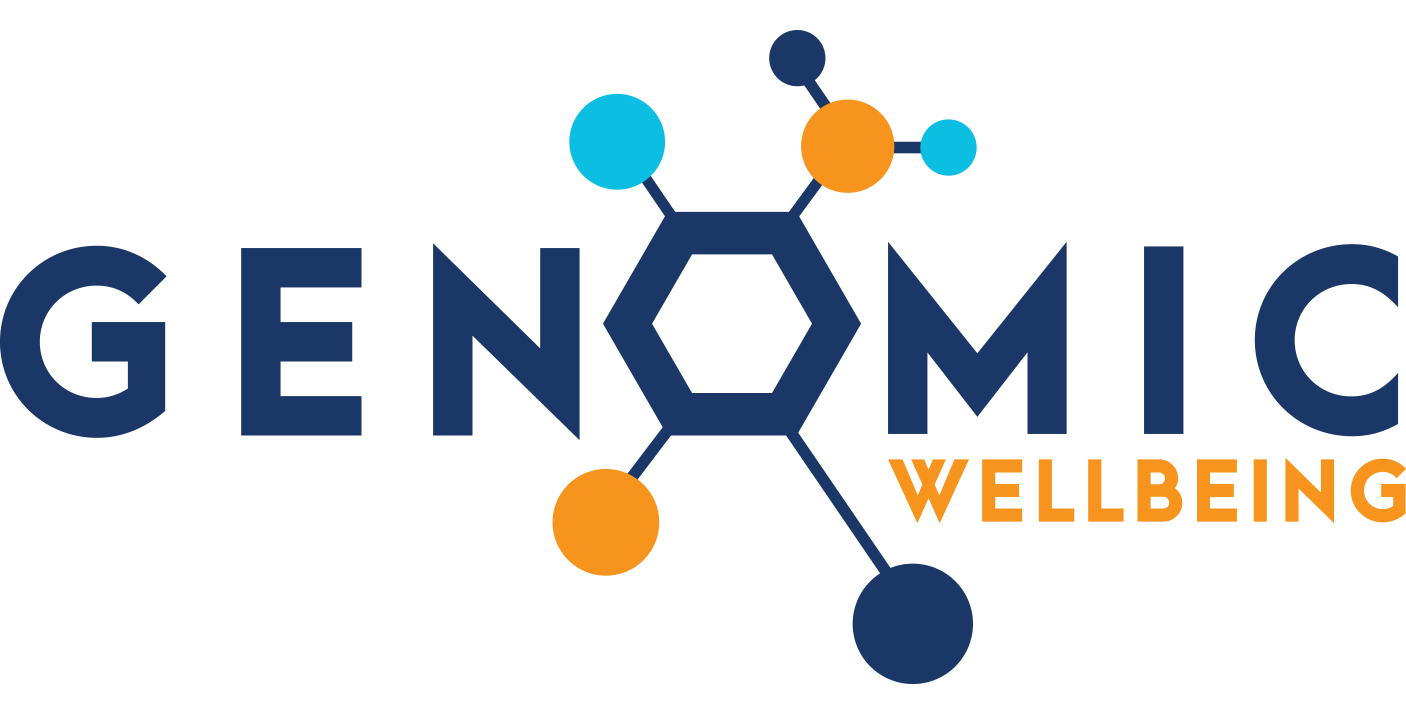Direct Earthed Ions for Wellbeing compared to Charged Ions

Cancer Letters(Volume 239, Issue 2, 8 August 2006, Pages 190-197)
Water-generated negative air ions activate NK cell and inhibit carcinogenesis in mice
Author links open overlay
panelRoppei Yamada, Syunsuke Yanoma, Makoto Akaike, Akira Tsuburaya, Yukio Sugimasa, Shoji Takemiya, Hisahiko Motohashi, Yasushi Rino, Yoshinori Takanashi, Toshio Imada
Negative ions are considered to have potential health benefits, but few studies have examined their effects in vivo. We studied water-generated negative ions (WNI) with respect to physical properties as well as immunologic activation and anti-tumor activity (inhibition of carcinogenesis and tumor growth) in mice. Electrically, generated negative ions (ENI) served as control. Water-generated negative ions had a long life, significantly enhanced the cytotoxic activity of natural killer cells, and significantly decreased the incidence of cancer and inhibited tumor growth. Anti-tumor effects were attributed to enhancement of natural killer cell activity. The mechanisms and applications of negative ions warrant further investigation.
Negative ions can be broadly classified into two types: electrically generated negative ions (ENI) and water-generated negative ions (WNI). Electrically generated negative ions are produced in nature by the electrical discharge of thunder, radiant energy, and ultraviolet light. These sources of energy cause electrons to be discharged from air molecules. Discharged electrons combine with oxygen atoms to create negatively charged air ions. Electrically generated negative ions discharge high-voltage electricity and transform particles in the air into negatively charged particles, such as ozone, oxygen radicals, nitrogen oxides, and sulfur oxides [3]. Dust particles in the air are also negatively charged by negative ions, which then adhere to walls and other surfaces. Water-generated negative ions are created by the ionization of water through the Lenard effect [4]. This phenomenon naturally occurs around waterfalls. As water breaks up into small droplets, electrons are arranged on the surface of small water droplets in a dipolar fashion. These electrons combine with oxygen molecules (electron acceptors), which are abundant in air. Negatively, charged oxygen molecules combine with several or up to 20 or 30 water molecules, forming negative-ion clusters: O2(H2O)n [5]. Electrically generated negative ions were first able to be scientifically distinguished from water-generated negative ions in 1998. Subsequent studies by Ryushi et al. [6] reported that electrically generated negative ions significantly increase diastolic blood pressure.
Section snippets
Subjects and methods
We studied the physical properties, in vivo effects, and anti-tumor activity of water-generated negative ions.
Physical properties
The numbers of water-generated negative ions and electrically generated negative ions were measured for 300 s. The lifetime of water-generated negative ions was several minutes, longer than that of electrically generated negative ions (Fig. 1).
Comparison of immunologic activation between water-generated negative ions and electrically generated negative ions
The mean cytotoxic activity of NK cells was significantly higher in the mice exposed to water-generated negative ions (39.9%) than in the control group (15.3%). The mean cytotoxic activity of NK cells in the mice exposed to electrically generated negative
Negative ions have attracted considerable attention because of potential health benefits. Many electric appliances have negative-ion functions as an option. However, few studies have directly examined the effects of negative ions in vivo, and scientific evidence is lacking. Studies of negative ions were started in the 1950s [1], [2]. Positive ions in the air were found to act on the sympathetic nervous activity and excite nerves, whereas negative ions acted on the parasympathetic nervous system and relaxed nerves. The results of initial studies were criticized because they were not reproducible or supported by firm scientific evidence. However, recent advances in analytical techniques and systems have enabled more rigorous and precise comparisons between positive and negative ions. Data has gradually accumulated, leading to a better understanding of the mechanisms underlying the effects of ions on organisms. The present study focused on the in vivo effects of negative ions.
Our previous study, showed that manifestations of chronic contact dermatitis of the ears of mice were significantly improved by water-generated negative water ions and significantly worsened by electrically generated negative air ions in a model of atopic dermatitis. We also found that water-generated negative ions increased the activity of natural killer (NK) cells and significantly prolonged survival, whereas electrically generated negative ions significantly decreased body weight in mice. The present study was designed to examine the physical properties, in vivo effects, and anti-tumor activity of water-generated negative ions.
Discussion
We obtained three new findings with regard to water-generated negative ions. The first was related to physical properties. The lifetime of water-generated negative ions was longer than that of electrically generated negative ions. Okuyama et al. [7] measured the mobility of air ions produced by different types of generators. Mobility was measured with a cluster DMA with a built-in ampere meter. They found that mobility patterns were very similar for ions generated from water by a negative-ion
Conclusion We studied physical properties, immunologic activity, and anti-tumor activity of water-generated negative ions. Water-generated negative ions have a long life in air and do not adversely affect the body in vivo. In addition, water-generated negative ions have anti-tumor activity, as demonstrated in mice by inhibition of carcinogenesis, suppression of tumor growth, and improvement of cachexia.
